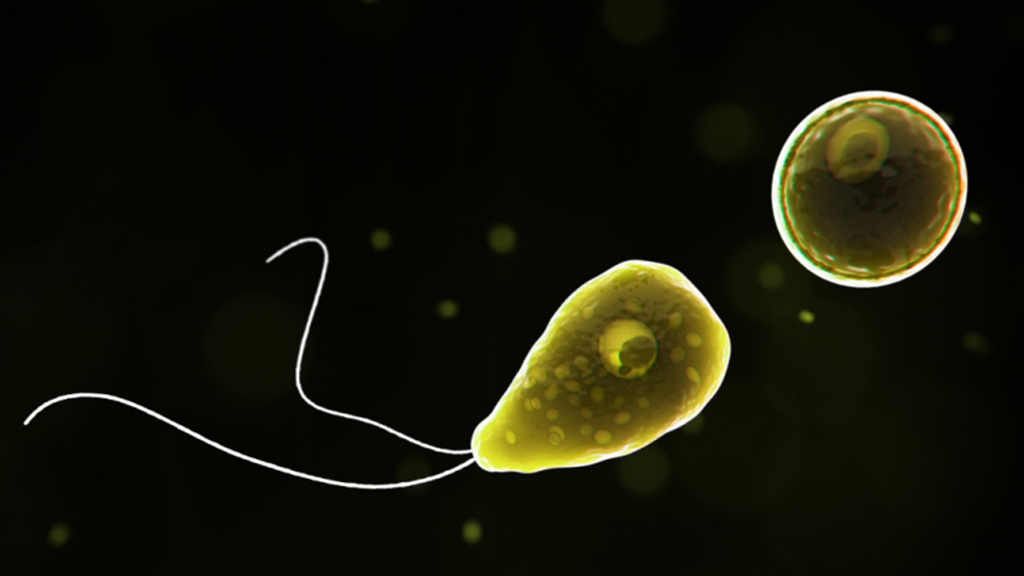Abstract
This case study gives students an opportunity to use basic bioinformatic tools to develop the skills of data interpretation and analysis. Based on an actual clinical case of a boy who contracted meningoencephalitis, students try to determine the causative agent by analyzing a fragment of foreign DNA collected from his cerebral spinal fluid (CSF). Originally designed as a sequel to another case in the NCCSTS collection (“Not the NMR You Are Thinking of”), the current case can be used on its own as it shifts focus from understanding the function of aldolase in the context of glycolysis to understanding aldolase in terms of its DNA sequence, primary to quaternary protein structure, and structure-function relationships. The case is designed for upper-division undergraduate life science students with a solid understanding of basic biochemistry and molecular biology techniques and concepts. Ideally suited for courses with an emphasis on protein biochemistry, it can also be used in courses with a significant focus on proteins, genes, and molecular biology to help advanced students build connections across subdivisions in life sciences.



